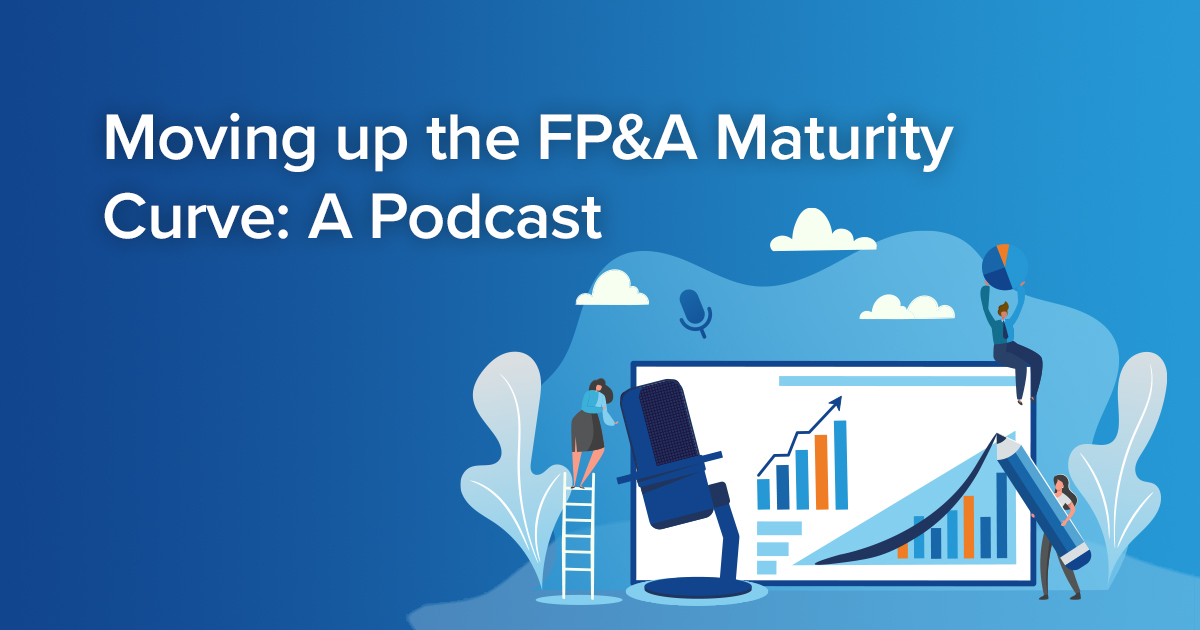
Moving up the FP&A Maturity Curve: A Podcast
As businesses around the world look to move past the uncertainty and unprecedented change of 2020 and toward a fresh start in 2021, the discussion around FP&A maturity has been renewed. As FP&A has historically supported an organization’s financial health, it suddenly became front and center as organizations had to pivot and adapt quickly. Looking toward 2021, more organizations are examining how they can move up the FP&A maturity curve.
David Upton, Director of Strategic Partnerships and Alliances for Jedox APAC, recently joined Allan Tan for an episode of FutureCFO’s podcast to discuss the FP&A maturity curve and the role technology, people, and process plays. Check out the highlights with a link to the full episode below:
Q: What is the FP&A Maturity Curve?
A: “The maturity curve is essentially a measure of efficacy for the FP&A function. It has two main purposes. The first is it defines what ‘good’ looks like. It is like your ‘beacon on the hill’ on what top FP&A teams are achieving. The second purpose is it outlines the steps you need to take to get there.”
“When we look at maturity, we look at it through the lens of people, processes, and of course enabling technology and how FP&A teams can more effectively drive the best use of capital allocation in the business and how they can improve business decisions.” David Upton
When looking at where organizations stand on the FP&A maturity curve, using a baseline such as the end of month close, leading FP&A teams can do it in one or two business days.
Q: What do the top performing FP&A teams do to be successful?
A: Rather than just a set of specific metrics, it is often more about how they organize themselves. The most mature FP&A teams that we work with do the following:
- Unify their planning, reporting, and analytics to maintain a strategic focus on business goals.
- Deeply understand how operational metrics drive financial performance.
- Organize in such a way that they can merge operational and financial planning.
This strategic process allows them to build the resources needed to deliver plan results into the budgeting process. This supports translating strategy into actionable plans for the organization.
The FP&A maturity curve is more than just technology. It includes technology, people, and processes. If one of those is out of balance, progressing your FP&A along the maturity curve and optimizing your value creation will likely be much more difficult. It is also valuable to examine if the tools your organization has been using for the last five or ten years provide you the necessary opportunity to focus on better strategy, collaboration, and value creation.
Listen to the full FutureCFO podcast episode with David Upton.



